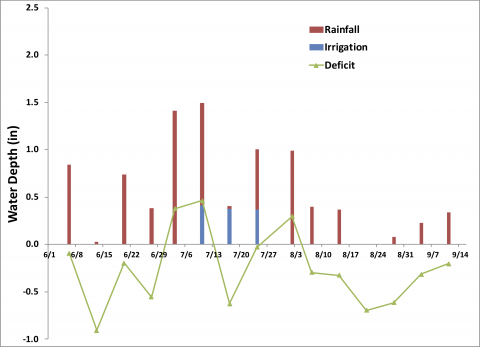UVM Dairy Farming Research
Research at dairy farms in Vermont shows how management practices can affect water quality, economics, and greenhouse gas emissions.
Agriculture is a common land use for the well-drained and productive soils of Vermont’s Winooski floodplain. Intense rain and flooding events are increasing throughout the Northeast as the climate changes. If not managed, this trend will worsen nutrient loss, runoff, and erosion from farm fields. More nutrient loss and erosion leads to poorer water quality within watersheds.


